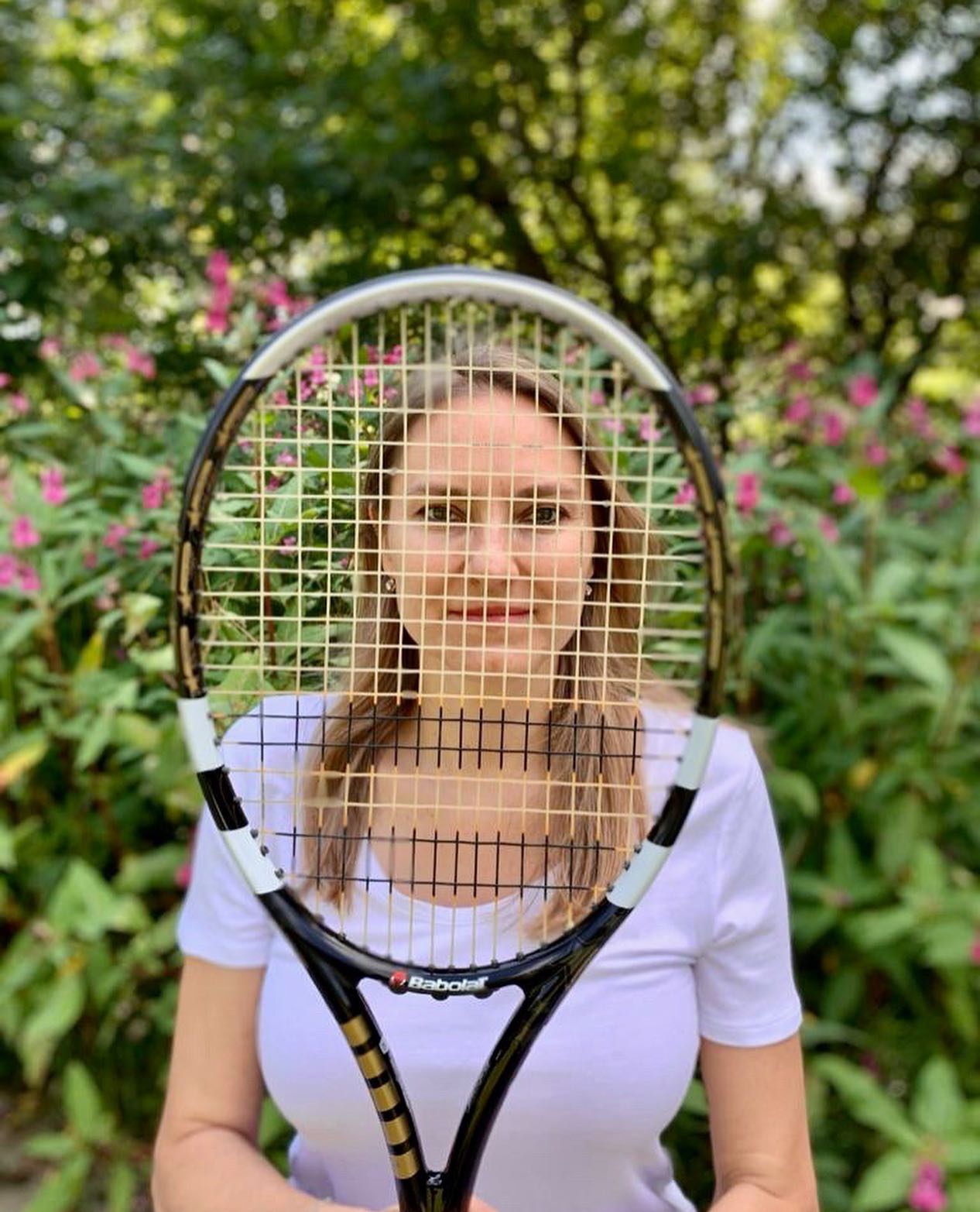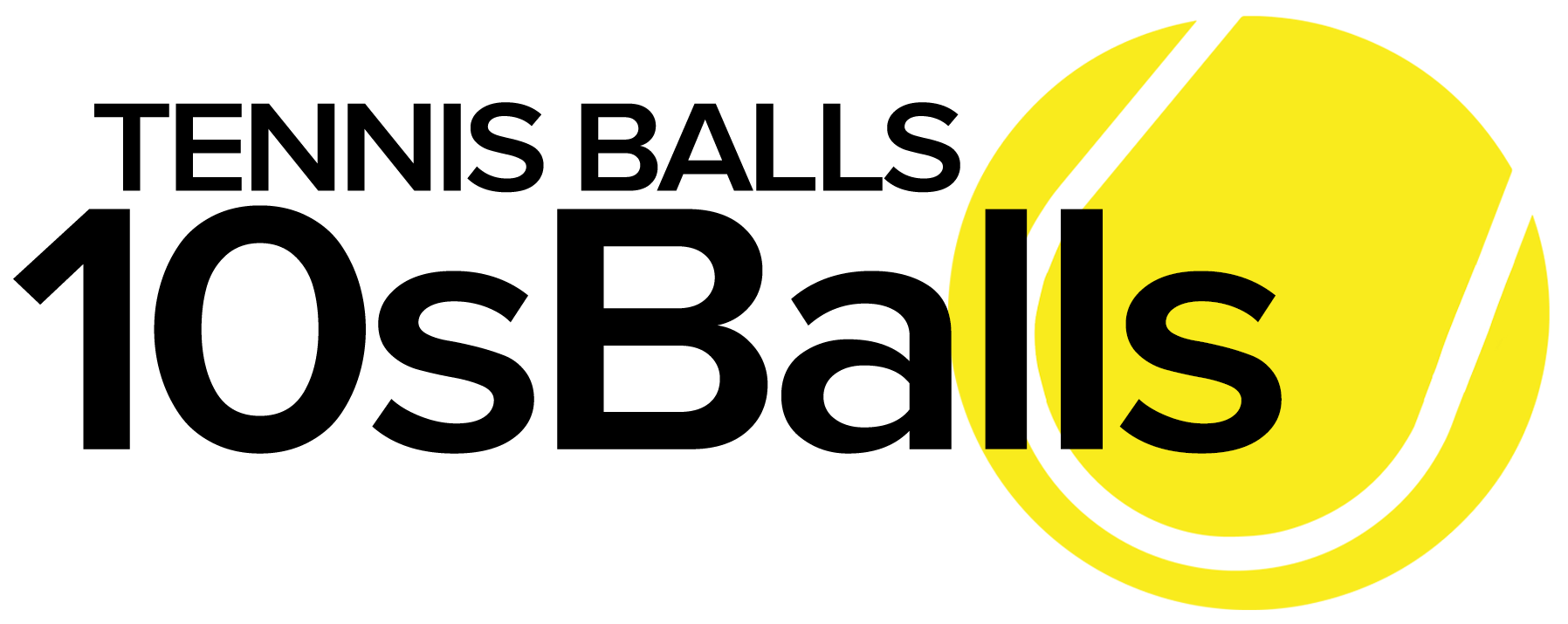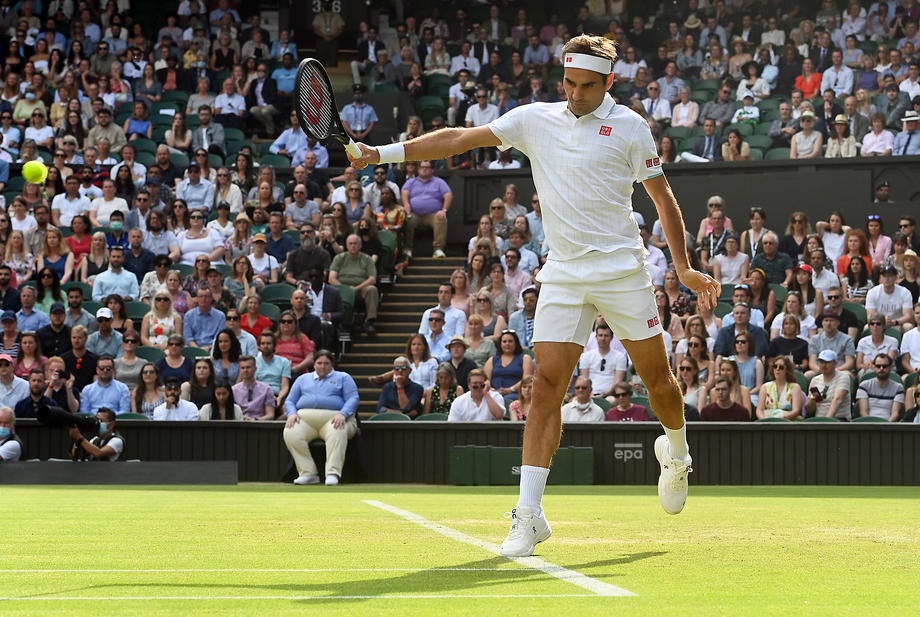- Stars Join Forces for Eisenhower Cup Return to Indian Wells on March 4
- Ken Thomas Broadcasting from Georgia’s Rome Tennis Open
- Solinco Launches All-New Whiteout V2 Racquet
- Stringlet: Serving Up Tennis Inspiration With A Twist
- Davis Cup qualifying to feature Brazil vs. France and Spain vs. Switzerland
- 2025 US Open Expands to Sunday Start
- Tennis Channel To Broadcast U.S. Davis Cup Qualifier vs. Tawain
- Stefanos Tsitsipas Receives Rotterdam Wild Card From Richard Krajicek
- Tien and Basavareddy to Play Delray Beach Open Qualifying
- Australian Open Tennis 2025 Ends with Madison Keys and Jannick Sinner As Winners By Alix Ramsay
- 2025 Australian Open Final Draws
- Jannik Sinner Sweeps Alexander Zverev for Second Straight Australian Open Title
- Ricky’s pick for the Australian Open final: Sinner vs. Zverev
- Australian Open Draws and Order Of Play for Sunday, January 26, 2025
- Madison Keys Upsets Defending Champion Aryna Sabalenka in Australian Open Final Thriller
Noah Rubin’s “Behind The Racquet” • With • Nadia Petrova | Tennis 10sBalls
- Updated: August 6, 2020
 Photo by Behind The Racquet
Photo by Behind The Racquet
Editor’s note: 10sBalls thanks Noah Rubin for giving us permission to repost these great stories.
🎾🎾🎾
”I was born to an athletic family. My mom was a bronze medalist in the 1976 Montreal Olympics in the 4 x 400 relay. My dad coached an Olympic medalist in the hammer throw. I have sport in my genes. My parents introduced me to tennis and I had success right away. At age 14, I won my first ITF Junior event and realized I wanted to play professionally. That same year, I played my first WTA event. The transition from juniors to the professional circuit was difficult because I had to raise my physical and mental level. I slowly got to that level and at age 17, I turned professional. In 2005, I broke into the Top 10. In 2006, I climbed to number 3 in the world. I won tournament after tournament on clay and was one of the favorites heading into the 2006 French Open.
But the rest of the ride was not as smooth. A couple days before the 2006 French Open, I injured my left hip. That injury threw me off and I was never able to return to the same level of tennis. I came back and played the 2006 US Open Series but didn’t win a match. Over the next few years, I won some tournaments and returned to the Top 10. But in 2013, I suffered another hip injury that eventually ended my career. I missed half of the year. On a December morning in 2013, I got a phone call that my mom passed away in a car accident. I put everything on hold, flew home, and prepared for the funeral. I tried to return to the circuit but did not have the mental energy. When your mind is not there, your body is not there either. I started breaking down and had multiple muscle tears. I decided to take a break for the rest of the year. Losing my mother was really hard to digest and she played a huge role in my tennis career. She always wanted more for my tennis and was hard on me when it was necessary. I lost the person I leaned on.
I was 32 years old and it was not easy to come back after missing a full season. My time on tour was filled with muscle strains, stress fractures in both of my feet, hip injuries and shoulder injuries. I was already out of the Top 200 in singles so I had to play in qualifying rounds. As a qualifying player, you are treated differently than when you are a seeded player in the main draw. You face young players who are hungry and do not respect you. By the time I reached the first round of the main draw, I was worn out. In 2017, I retired but did not feel ready to finish my career. I felt like an important time slipped away from me, like I had a couple of years left in me. My singles ranking was in the Top 20 for 10 years in a row and I captured 24 doubles titles. I wanted to stay on the circuit and play doubles but could not find the right partner. I was close to capturing a Grand Slam doubles title so this left a sour taste in my mouth. I had a great career but did not go out on my own.
My tennis career lasted the majority of my life. Tennis is all I know. When tennis came to a stop, it was a wake-up call. I found myself asking, “What do I want now? Should I go study? Should I stay in tennis? Should I start a family?” When you’re constantly on the road traveling to tournaments, you don’t think about what comes after. I’m very fortunate to have had a good career and made a living so I had a cushion. I did nothing for a few years while I mentally recovered. It took time for me to figure out what I wanted in life after tennis. I ended up in Moscow with a child. When the pandemic is over, I’m looking forward to pursuing a coaching career because I think I have something to share. I enjoy coaching and sharing my experience with little ones.
Tennis made me who I am as a person. Tennis gave me financial support but on a deeper level, it is a very interesting and exciting sport. It’s an intelligent sport. By coaching, I may be able to achieve what I did not through someone else’s career. I want to relive these emotions not as a player, but as a coach.”

If you want to follow Nadia socially make sure you follow her Instagram: Click Here
🎾🎾🎾
You can check out more Behind The Racquet stories on the link below:
Facebook | Behind The Racquet
Twitter | @BehindTRacquet
Instagram | @behindtheracquet






